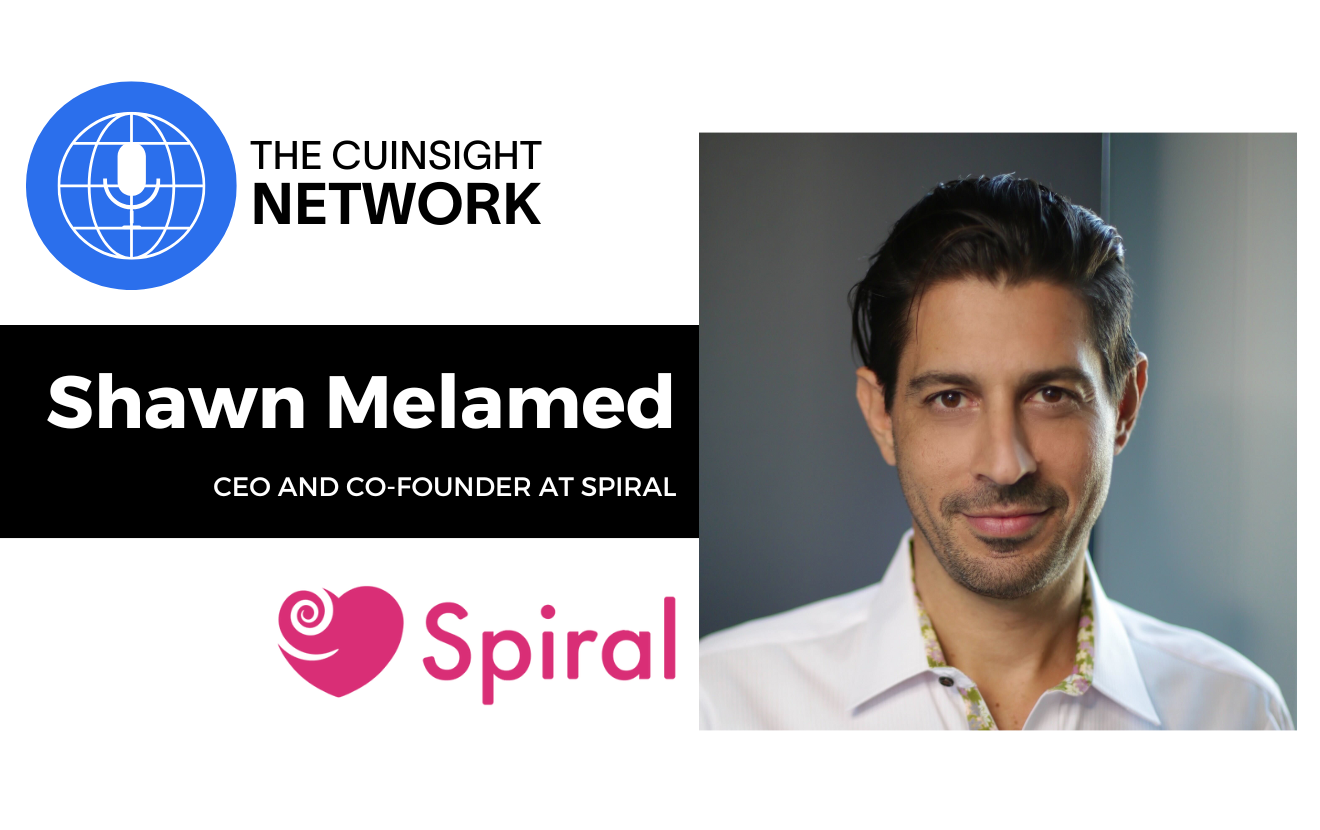Netflix has firmly embedded itself in our mainstream culture, being portrayed in everything from scholarly papers and presentations to memes and slang phrases. And there is good reason for this. Netflix epitomizes all things innovation and personalization. As the banking industry continues to face disruption from neobanks, digital payments providers, and even the United States Postal Service, they could learn many lessons from Netflix to help them grow into the future.
One-Size-Fits-All is a Recipe for Failure
When a user opens Netflix, the first thing they do is select their profile. This is how Netflix is able to pinpoint feedback relevant to specific users. Consider the following profiles:
- User A spends time binging true crime series, documentaries, and thrillers.
- User B primarily watches reality TV shows and romantic comedies.
Now consider the personalized approach Netflix takes to its interactions with both users. If Netflix were to flood User B's recommendations with true crime documentaries, that person may switch to another platform with better options. Likewise, User A may begin to question the value of their subscription if they are constantly presented with dating shows and rom-coms.
So how does this apply to financial institutions? For starters, it's important to recognize that banks and credit unions have the same goal as Netflix: satisfied, loyal customers who continue to rely on your company. Many financial institutions have often leveraged a blanket marketing approach for a number of reasons, from lack of resources to lack of insights. But technology and the availability of quality data is flipping the script. By applying advanced analytics methodologies, such as machine learning, financial institutions can segment their customers into meaningful groups that give them the ability to provide relevant and personalized messaging through the customers' preferred channels. This leads to improved customer/member experience, employee experience, marketing return on investment, and more.
Personalized Predictions Prove the Power of the Data
Netflix recognizes that their platform provides an overwhelming amount of content. Have you ever gotten stuck scrolling through their offerings of movies, television shows, and documentaries only to feel like "there is nothing to watch"? This is where their recommendations engine comes in. According to their website, the recommendation engine evaluates everything from interactions (such as viewing history and ratings), the time of day you watch, the types of devices you use, and how long you watch. Their algorithm uses this data to serve up recommendations that are ranked according to your likelihood to watch.
Applying this concept to your financial institution is simple in theory and can be possible with the right analytics tools and strategic partner. With so many different types of products, it can be easy for a consumer to become overwhelmed or not even know what they are looking for in the first place. Consider someone in the market for a mortgage, for example. There are likely tons of different programs, all with complex requirements and stipulations that the average person may not understand. This person has likely visited your website many times and may have even reached out to ask questions.
Now, if they start receiving mass marketing emails from your institution advertising your current checking account campaign or auto loan promotion, they will likely be confused (at best) or feel like you don't know or care about them (at worst.) The opportunity here is for your financial institution to capture the data such as how often they are visiting your website, what sections they are visiting, and what inquiries they have made about certain products, and store that in a data warehouse or CRM. This data can then be pulled out to create highly personalized marketing messages that will make this individual's search for a mortgage much easier. In turn, they will feel valued by your financial institution and it is likely their engagement and loyalty will increase.
Machine Learning Tells You What Matters
It is interesting to note that Netflix specifically mentions that demographics are not included in the recommendations engine. This means they are looking beyond simple attributes like age and gender to find deeper connections when making their recommendations. Their data scientists have studied the data and used sophisticated machine learning models to determine what matters--and demographics did not make the cut.
This is especially important for financial institution marketers to grasp. The old way of creating marketing campaigns and target audiences was typically based on assumptions around demographics. Leveraging machine learning models allows you to eliminate these biases and look deeper, letting the data tell you what matters. For example, not all women in their 30s are at the same life stage, so targeting the same offer to everyone in this group is both inefficient and ineffective. Feeding the tremendous amount of data you already have available such as transactional behaviors, product adoption, and interaction details into a machine learning application will allow the technology to analyze and identify trends that actually matter for your marketing strategy.
Continuous Feedback Means Continuous Improvement
As users view content on the Netflix platform, they are constantly asked for feedback. Are you still watching? Did you like this show? Do you want to see more like this? Each answer provides feedback and information on that user. Netflix uses this information to enhance its algorithm and continue to serve up content directed to that user. By doing so, the user continues to be engaged with the platform, leading to even more feedback.
Applying this to banks and credit unions becomes easy when recognizing the power of advanced analytics tools as mentioned above. By mining the financial institution's treasure trove of data, from demographic to transactional and everything in between, machine learning models can recommend marketing offers, educational opportunities, and more. The interactions that stem from these recommendations can be tracked to provide data and insights back into the model. If an auto loan offer is sent to a customer via email, there are many ways to track this interaction. Did they open the email? Did they click on the link? Did they submit an application? Each of these questions represents feedback, which can then be used to improve the recommendations.
Applying the Netflix Model
You may be thinking that it's easy for Netflix to leverage these complex algorithms to provide highly personalized experiences for their users, but there is no way I could do this at my organization. The truth is that financial institutions of all sizes can absolutely apply these same types of technology to improve their experience. There are many solutions out there to allow you to implement machine learning, but more important is finding the right partner to help define and execute your strategy.
Lodestar Technologies is an analytics partner that specializes in providing best-in-class technology along with technical and strategic support services. Lodestar has developed a number of Advanced Analytics models, including Segmentation, Product Propensity, Next Best Product predictions, and more. Their transparent and collaborative approach to Advanced Analytics sets Lodestar apart from their competitors by eliminating the "black box" solutions that many provide. To learn more about Lodestar Technologies and their Advanced Analytics models, visit lodestartechnologies.com or download our brochure today!







